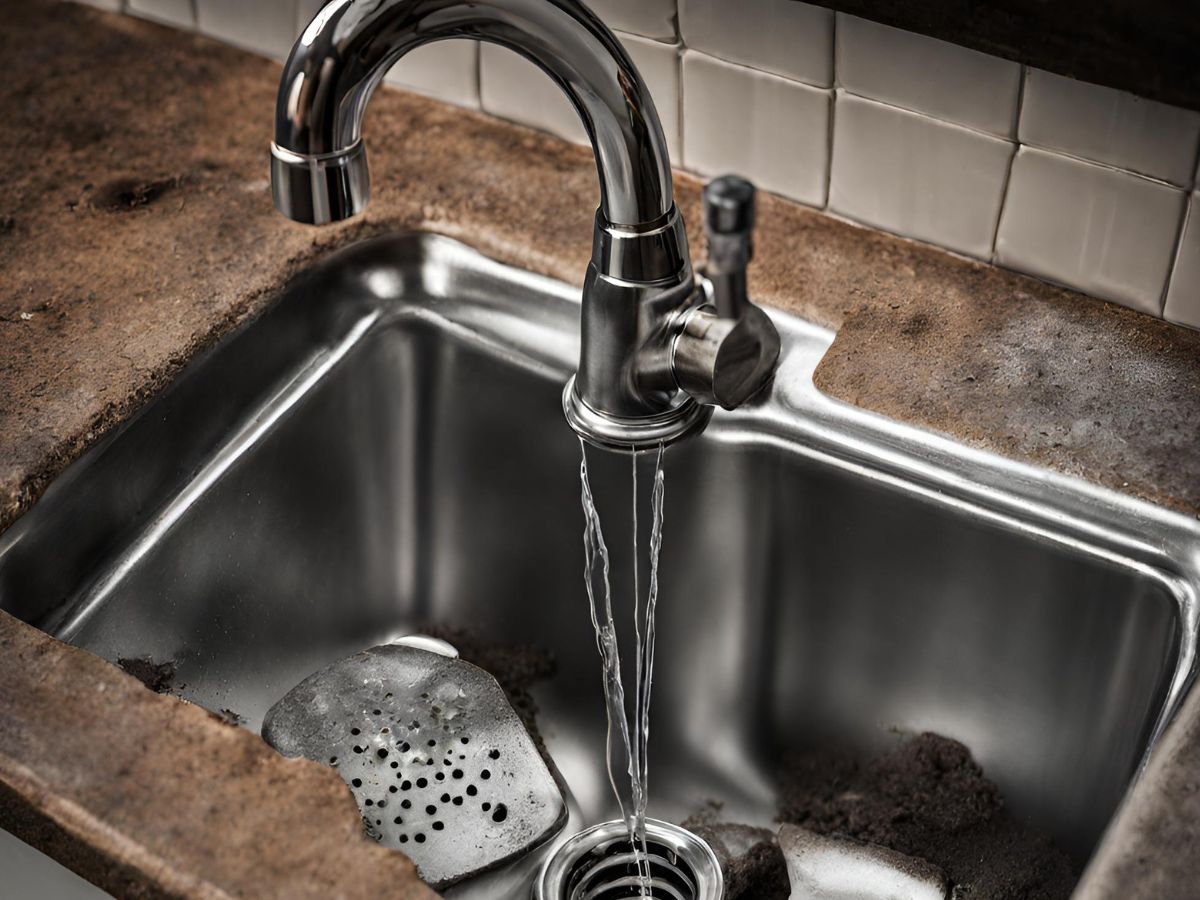Once you purchase your new home, it can be tempting to immediately start making improvements and upgrades without planning first. But before spending any money, have a strategy in mind before spending money.
Make sure that the furniture fits well into each room. Also, take steps to eliminate family photos and keepsakes for a more neutral aesthetic in your home.
In addition, declutter and clean out closets and cabinets when moving to a new home. Donate items you won’t need for a year or more, such as out-of-season clothing, toys, and other clutter.
The last thing you want to do when you’re showing your home is to leave a cluttered space. It’ll feel cramped, and buyers won’t be able to see the potential of the space.
To make rooms seem more spacious, pack up items that aren’t going with you to your new home and donate anything that you don’t need. Doing so will help your home look its best and ensure that you have the room to move around when prospective buyers are coming over.
A great way to create a sense of balance in your home is by adding simple, repetitive features that tie the space together.
1. Make Sure Your Utilities Are Set Up
As part of your new house search, it is vitally important that all utilities, including electricity, gas, water and garbage service, are in order. If moving across cities is your goal, research which utility providers are available so you can select the one best suited to you.
Contact your provider, provide your address and move-in date as well as other important details, and prepare to pay any required fees or deposits before beginning service. Some utility companies may require an appointment with them in order to come out and install equipment – this can potentially delay your move-in date so it’s wise to start this process well in advance so all utilities will be up and running by then.
Make sure you have a moving checklist that includes a list of all utilities that need to be turned on at your new home, as well as those that need to be shut off when you leave. In addition, be sure to include your new and old utility providers’ contact information so they can schedule reconnects or start-up dates in advance.
2. Check Your Appliances for Energy Star Certification
No matter if your new home contains appliances that were passed down from previous ones or whether you are purchasing new appliances to replace existing ones, making sure they are Energy Star compliant can save a considerable amount on utility costs each year. This easy step could save you considerable money! If you are unfamiliar with what an energy efficient product with the blue ENERGY STAR qualified logo represents and why its certification could benefit your household, read on! Here you will discover more information regarding this certification program and its potential advantages for you and your household. Learn why it is advisable to create a filing system for all of your appliance manuals and warranties so they are easily accessible when needed, and are passed along when selling your home. This will also ensure they will remain with the new owners should you decide to sell.




